From World Champions to Grand Prix rookies – How did F1’s most recent new teams approach their first driver line-ups?
Cadillac have plumped for a veteran driver pairing of Valtteri Bottas and Sergio Perez to lead the charge when they arrive in Formula 1 next year – but who did other new F1 teams choose as their first driver pairings – and how did they fare?
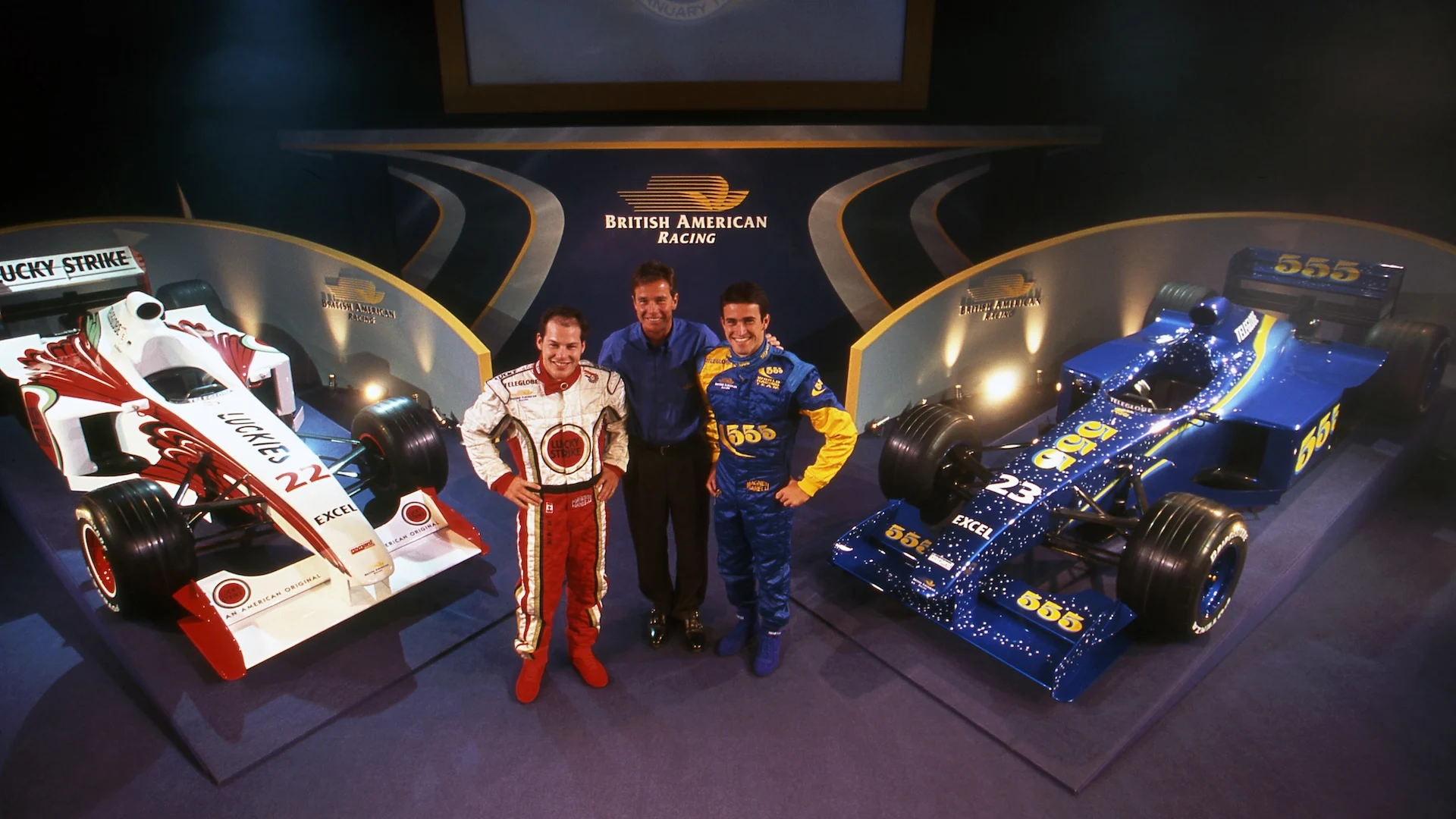
Veteran racers Valtteri Bottas and Sergio Perez are set to lead the charge for Cadillac when they arrive in Formula 1 next year.
The Finn and the Mexican have bags of F1 know-how and boast 527 Grands Prix, 16 victories, and 106 podiums between them.
Not every new team opts for such an experienced pairing for their debut season though. We’ve taken a look back at the new teams who have arrived in F1 across the last three decades to see what kind of line-up they went for, and how things panned out…
1997 – Stewart: Barrichello and Magnussen
Formula 1 had two new teams in 1997, as Lola and Stewart Grand Prix joined the fray. Lola opted for the inexperienced Vincenzo Sospiri and Ricardo Rosset, but the occupants of the machinery mattered little considering the team was woefully off the pace. They failed to qualify in Australia, and then disappeared off the grid entirely amid financial problems.
Stewart, meanwhile, eventually morphed into the title-winning Red Bull Racing outfit. When Sir Jackie Stewart and son Paul brought their eponymous team onto the grid, with support from Ford, they recruited Rubens Barrichello and Jan Magnussen, father of former Haas racer Kevin.
Barrichello had four years of competing for Jordan, which had yielded him a pole and two podiums, while de facto rookie Magnussen was a highly rated youngster with one stand-in appearance in 1995 to his name.
Stewart’s SF01 was unreliable and saw the finish just eight times out of 34 across the two cars, but Barrichello stayed out of trouble in a rain-hit race in Monaco to score a remarkable second place – the team’s sole points of 1997. Barrichello stayed for three years, before moving on to Ferrari, though Magnussen was axed partway through 1998, and replaced by Max Verstappen’s dad Jos.
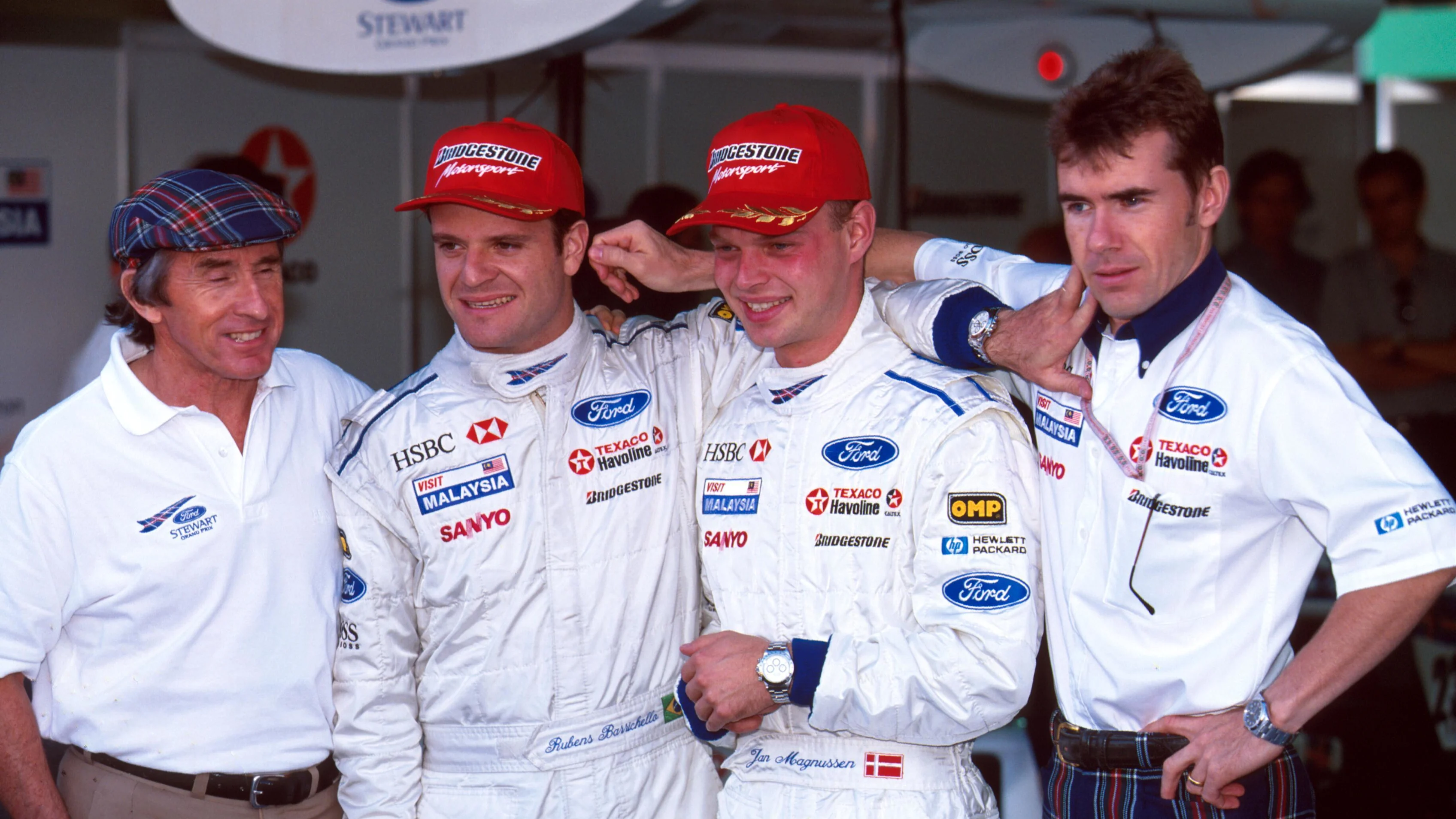
1999 – BAR: Villeneuve and Zonta
BAR technically acquired the entry of the once-mighty Tyrrell outfit, but to all intents and purposes they were a new team for 1999, kickstarting the operation that now operates as Mercedes after phases as Honda and, unforgettably, Brawn.
BAR recruited Jacques Villeneuve, the 1997 World Champion, with the Canadian managed by the outfit’s Team Principal, Craig Pollock. For the other seat they snapped up rookie Ricardo Zonta, who had claimed successive titles in Formula 3000 and the FIA GT Championship.
BAR had high hopes and bold claims pre-season, but 1999 proved to be a disaster. The car showed glimpses of performance but unreliability stymied any hopes of big points hauls, with Villeneuve retiring from the first 11 races.
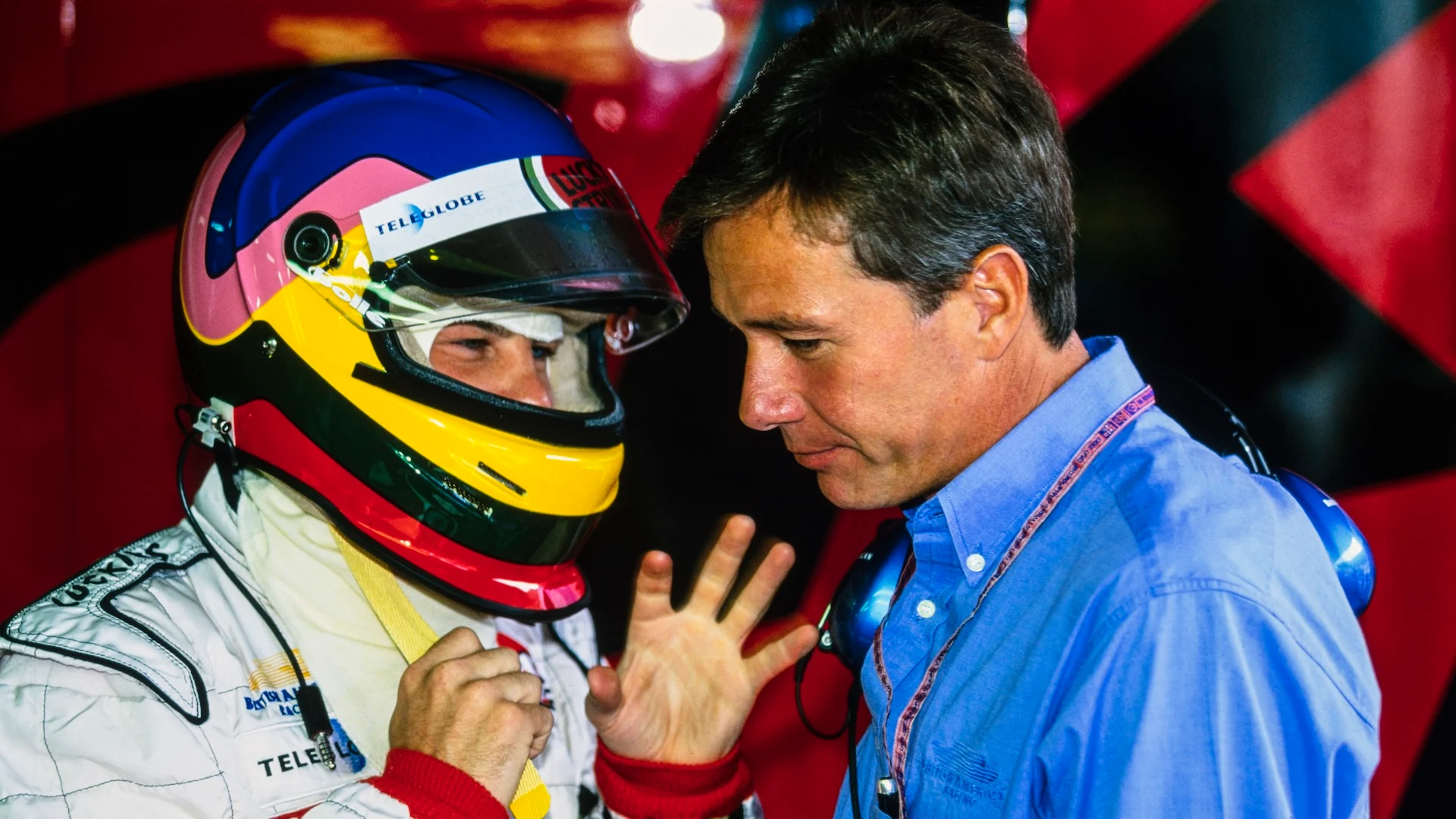
An injured Zonta was replaced by Mika Salo for three Grands Prix and the Finn took the team’s best result of seventh – but even then failed to see the flag due to a technical issue.
Villeneuve stuck around until 2003, before brief stints at Renault and Sauber/BMW, while Zonta was replaced after 2000, following which he started just seven more rounds as a stand-in at Jordan and Toyota.
2002 – Toyota: Panis and McNish
Toyota spent a couple of years preparing for their Formula 1 entry, including a sizeable testing programme in 2001, and went for two experienced drivers – though only one with Formula 1 race experience.
Mika Salo was a veteran of the midfield, with six seasons under his belt and two podiums during his stint as Michael Schumacher’s injury replacement at Ferrari in 1999. Alongside Salo was Allan McNish, who had first tested Formula 1 machinery in the late 1980s, before embarking on a prolifically successful sportscar career, sparking the link with Toyota.
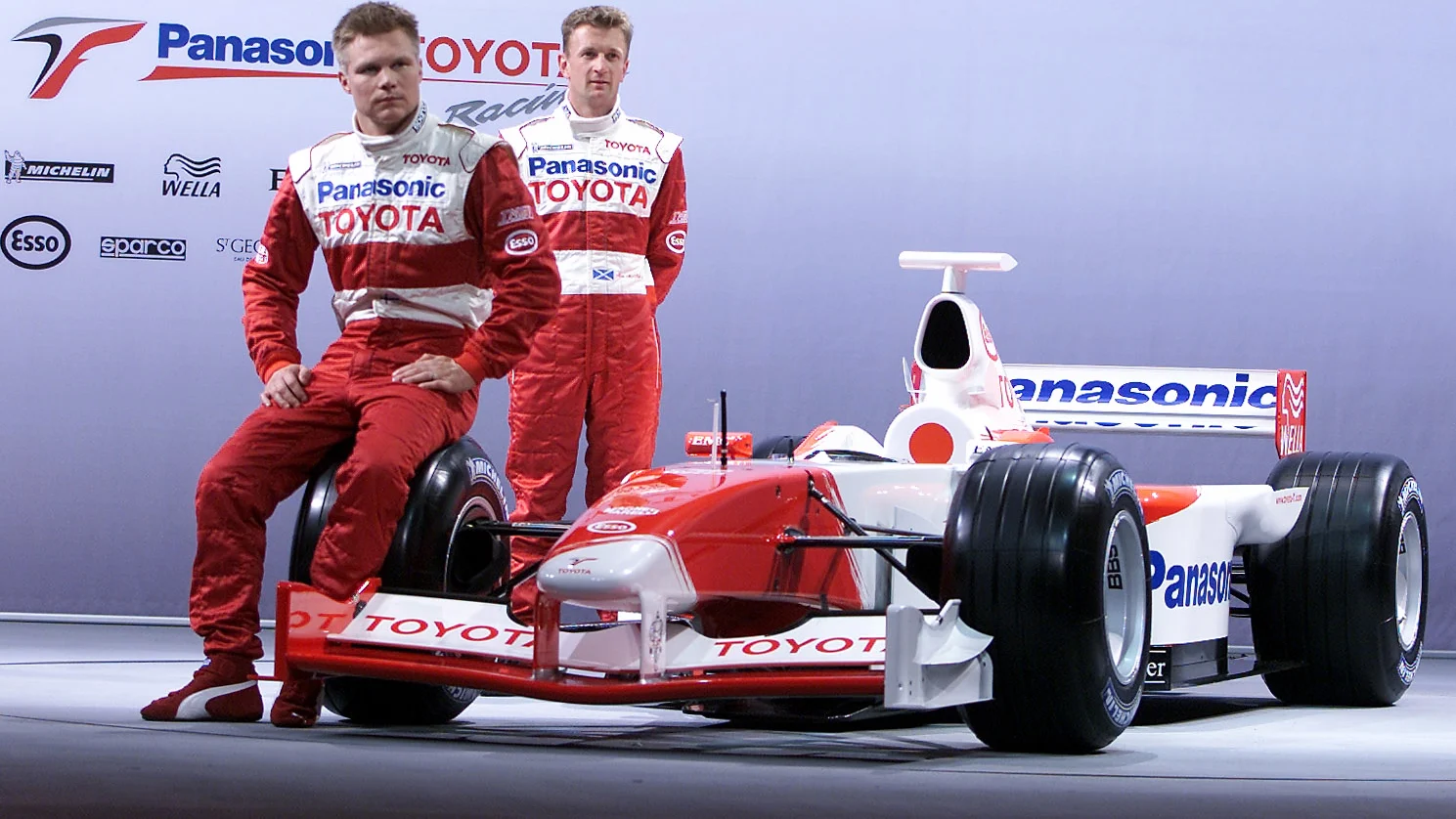
Despite the team’s finances and build-up, their TF102 car often remained towards the rear of the field, with Salo scoring two points via a pair of sixth places in attritional races in Australia and Brazil.
McNish failed to score and brought his season – and Formula 1 race career – to a premature halt after a violent accident during Qualifying for the finale at Suzuka, with the subsequent race proving to be Salo’s swansong as both were axed for 2003.
2006 – Super Aguri: Sato and Ide
Super Aguri joined the grid in 2006 as an effective Honda satellite team, handily providing refuge for one-time podium finisher Takuma Sato after he lost his seat at BAR-Honda.
Sato’s selection was widely expected but the identity of his team mate was a surprise, as Super Aguri signed his compatriot, 31-year-old Yuji Ide.
.webp)
Super Aguri joined the field with an updated version of a 2002-spec Arrows A23 and were consequently off the pace, with Sato faring significantly better than rookie Ide, who was a frontrunner in Formula Nippon and Super GT but had zero experience of the Formula 1 landscape.
After a string of dire displays – which included tipping Christijan Albers into a spectacular barrel roll at Imola – Ide was replaced by Renault tester Franck Montagny, who performed respectably, before a third newcomer, Sakon Yamamoto, took over the seat for the remainder of the season.
Super Aguri’s performances improved and Sato capped the season with a top-10 result in Brazil. Neither Ide nor Montagny raced in Formula 1 again beyond their brief Super Aguri spells.
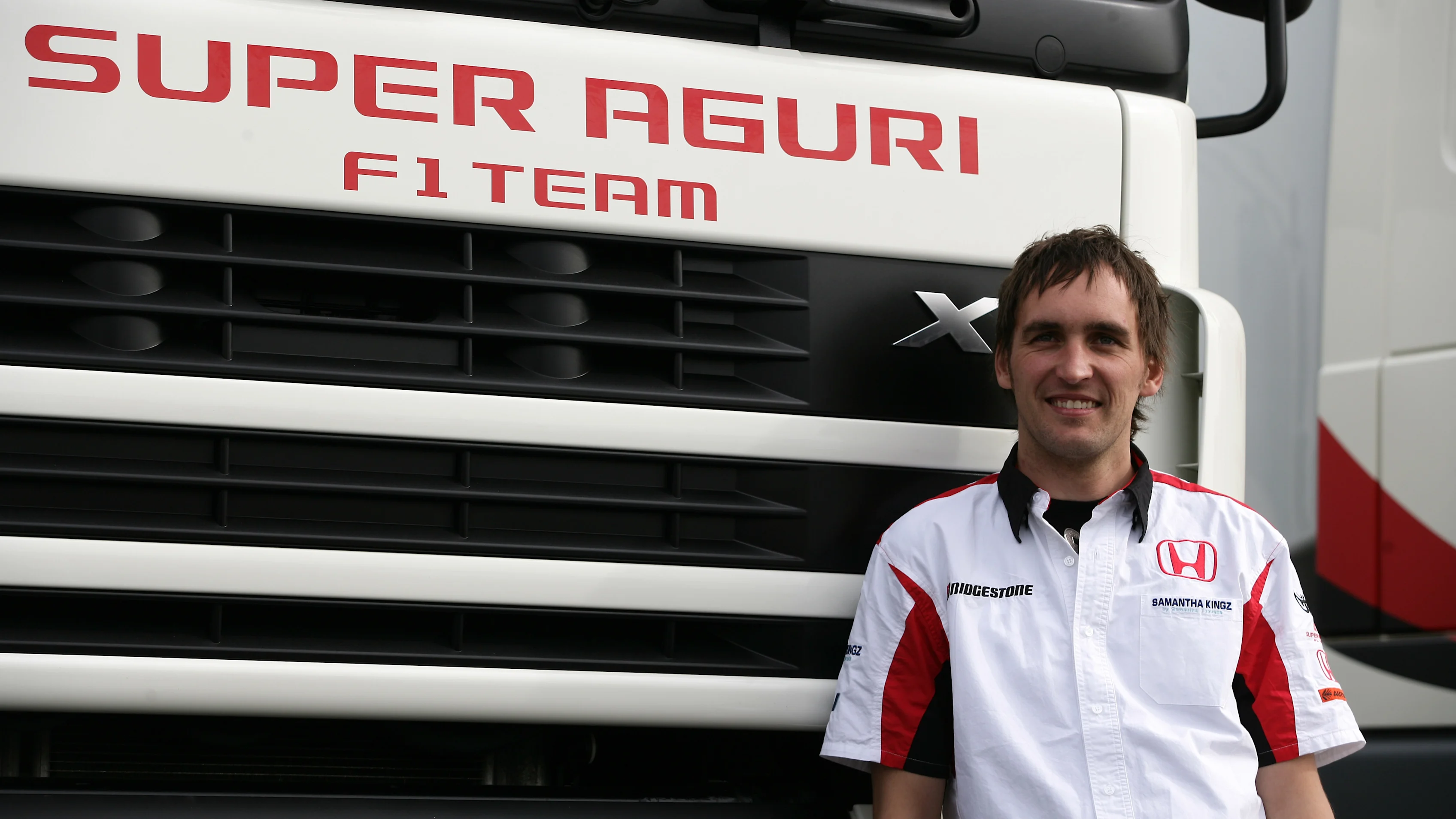
2010 – Lotus Racing: Trulli and Kovalainen
Formula 1 welcomed three new teams in 2010 and each took a different approach to their driver line-up.
Lotus, run by Malaysian businessman Tony Fernandes, with cars designed by former Jordan, Renault and Toyota engineer Mike Gascoyne, went for experience.
Jarno Trulli had been left unemployed by Toyota’s decision to withdraw from Formula 1, and he put pen to paper at Lotus, bringing with him over 200 starts, 11 podiums and a victory.
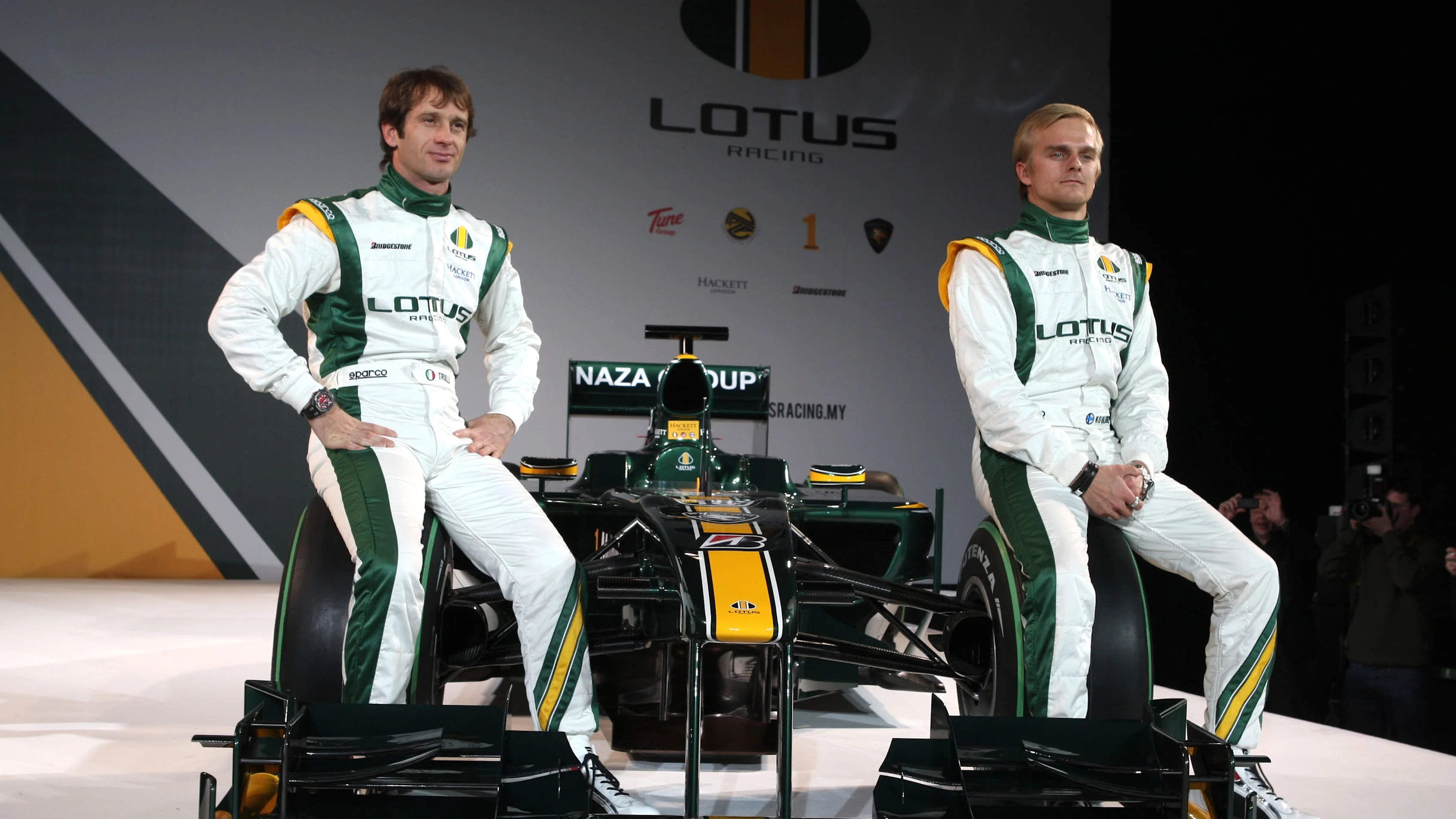
Heikki Kovalainen was another refugee, after his replacement by World Champion Jenson Button at McLaren, where he had spent two years and taken a win and three podiums.
Kovalainen regularly led the ‘new teams’ charge in 2010 (more on which below), though neither he nor Trulli troubled the top 10, with the Lotus T127 off the pace of the midfield outfits. Trulli exited at the end of 2011, and Kovalainen after 2012, as the spiralling team chased alternative options.
2010 – Virgin Racing: Glock and Di Grassi
Virgin Racing were another new team in 2010, run by prolific single-seater outfit Manor Motorsport, and they opted for experience and youth.
Like Trulli, Timo Glock found himself on the market after three years at the departing Toyota team, where he had claimed three podiums. Virgin signed rookie Lucas di Grassi for the second car, after the Brazilian had spent several years as a frontrunner in the GP2 Series.
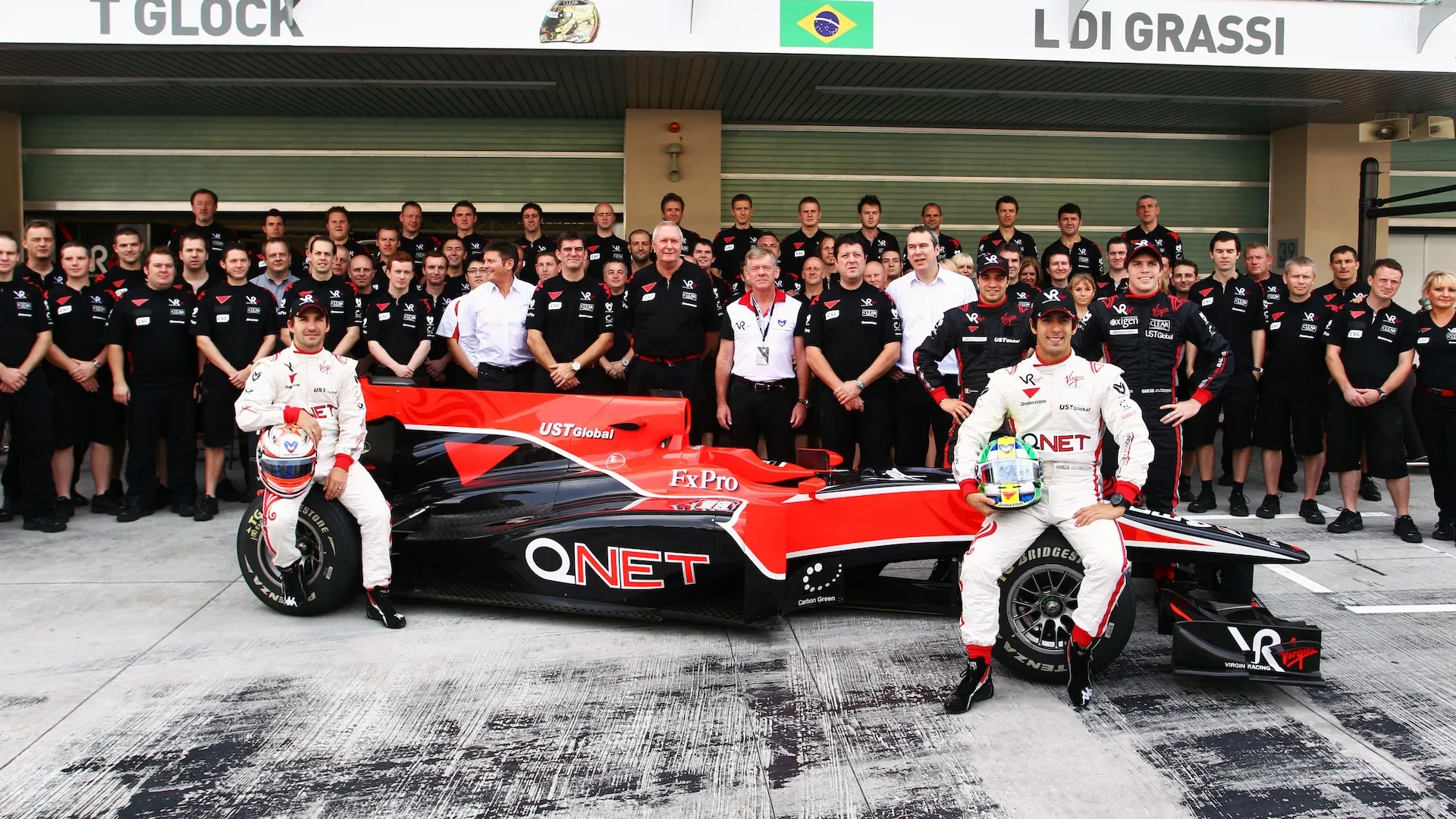
The VR-01 was off the pace and unreliable, and typically it was Glock who led the charge, but without any realistic threat of scoring points.
Glock spent three years at the team before worsening finances prompted the squad to look for other drivers, ending his Formula 1 career, while Di Grassi lasted only one season.
2010 – Hispania: Senna and Chandhok
Hispania arrived in 2010 on a wing and a prayer following financial strife and managerial upheaval during the months of preparation for their first race.
Bruno Senna – nephew of F1 legend Ayrton – was signed in late 2009 when the team were still under the control of Campos, and the GP2 Series runner-up and one-time Honda test driver’s contract was honoured by the new ownership.
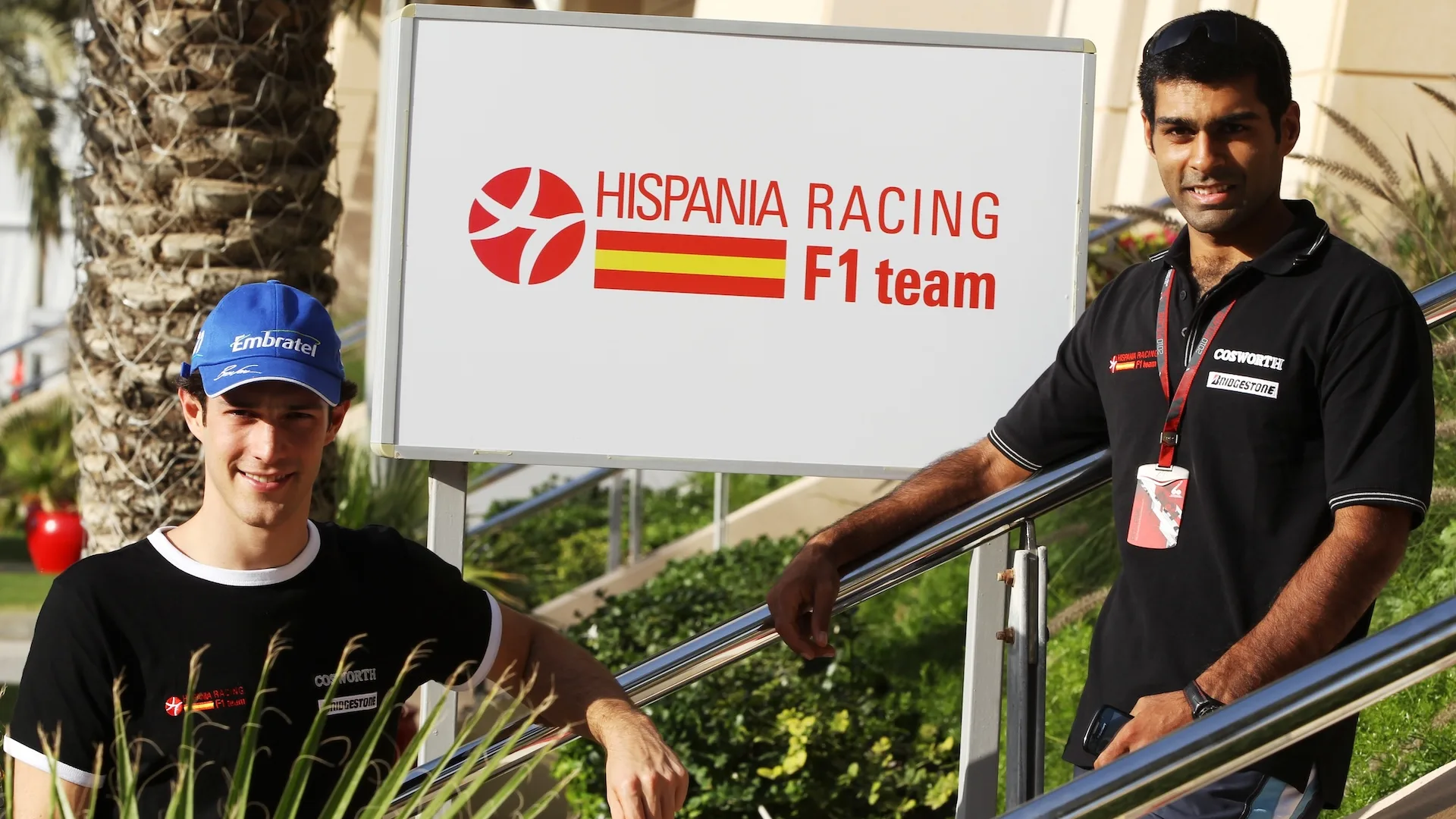
Karun Chandhok was signed just a couple of weeks before the season opener, and such was the rush that his first laps in the F110 came during Qualifying for the season opener in Bahrain.
Ex-Super Aguri and Spyker racer Sakon Yamamoto came on board mid-season, initially in place of Senna, before taking Chandhok’s seat, while ex-Red Bull racer Christian Klien had two starts later in the season.
None stayed on for 2011, though Senna did go on to have slightly more success during a half-season with the Lotus-branded Renault team, and then with Williams.
2016 – Haas: Grosjean and Gutierrez
Haas went for experience when they joined the grid in 2016, taking on Romain Grosjean and Esteban Gutierrez.
Grosjean had spent four years at Renault/Lotus, following an initial abortive spell in 2009, picking up 10 podiums, and his recruitment was aided by the financial uncertainty that enveloped the squad in the mid-late 2010s.
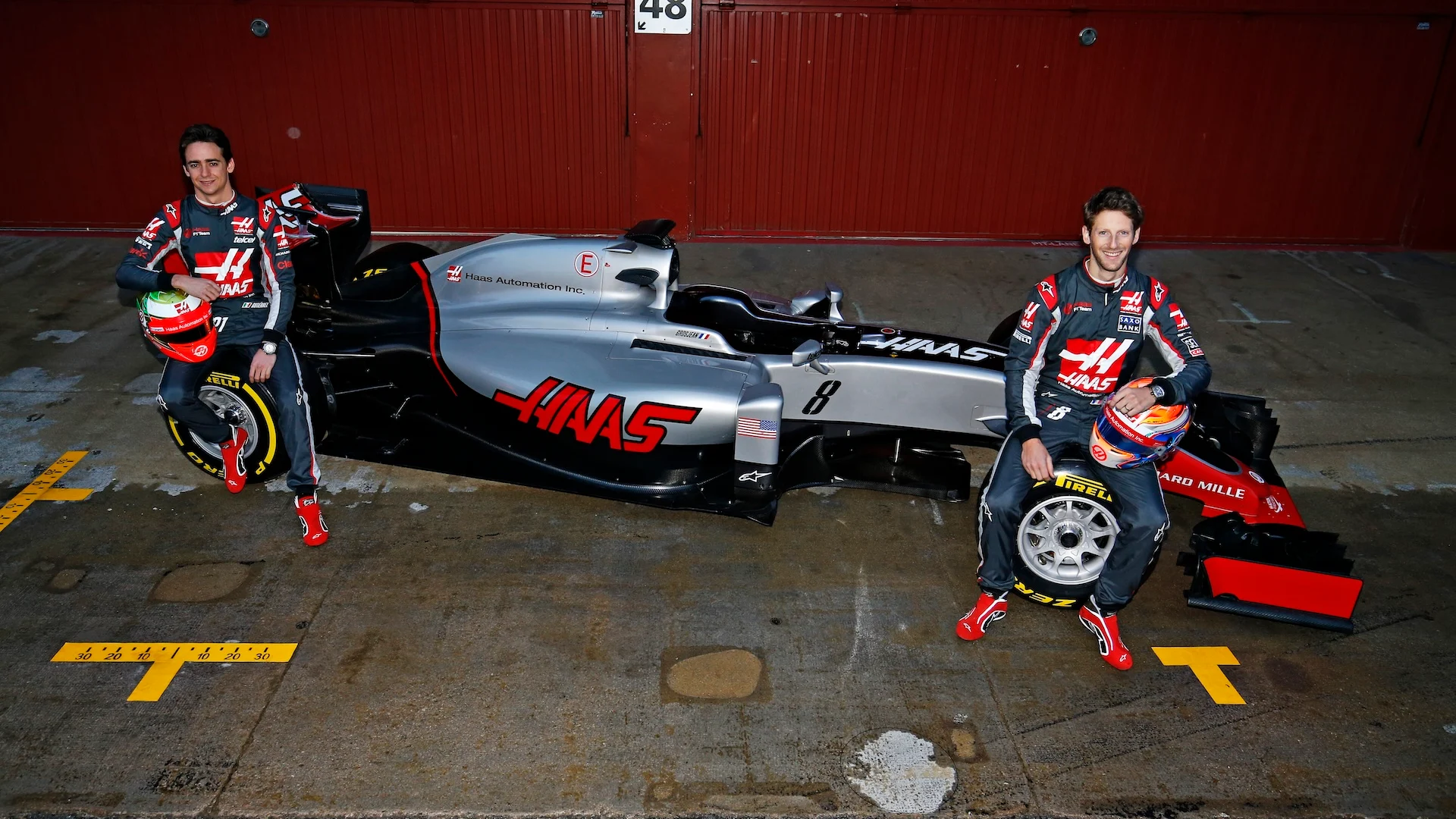
Gutierrez spent 2013/14 competing for Sauber, and 2015 as Ferrari’s test driver, before linking up with Grosjean.
The Frenchman stunned on Haas’ debut by taking sixth, improving next time out to fifth, and scored all of Haas’ points that season.
Gutierrez was often in the shadows, and beset by the lion’s share of the team’s issues, and the partnership ended after just one year, ending Gutierrez’s Formula 1 career.
But Grosjean spent five seasons with Haas, and his fourth place in Austria in 2018 remains Haas’ best result in Formula 1.
.webp)
Next Up
Related Articles
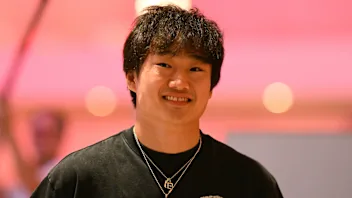 Tsunoda's best moments in F1 as he departs the grid
Tsunoda's best moments in F1 as he departs the grid/Untitled-10.webp) Bottas embarks on first day as a Cadillac driver
Bottas embarks on first day as a Cadillac driver Russell calls his Abu Dhabi performance ‘dreadful’
Russell calls his Abu Dhabi performance ‘dreadful’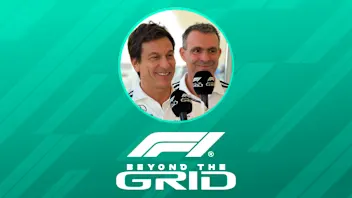 Beyond The GridToto Wolff and Hywel Thomas on Mercedes’ 2026 prospects
Beyond The GridToto Wolff and Hywel Thomas on Mercedes’ 2026 prospects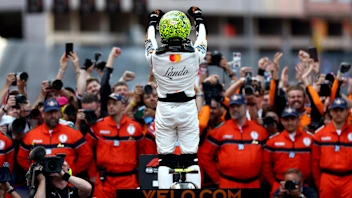 PalmerThe 6 defining moments of Norris’ title-winning season
PalmerThe 6 defining moments of Norris’ title-winning season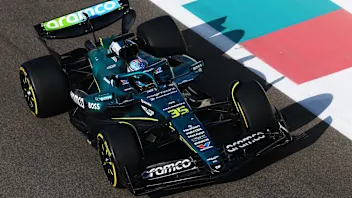 Crawford sets the pace at Abu Dhabi post-season test
Crawford sets the pace at Abu Dhabi post-season test